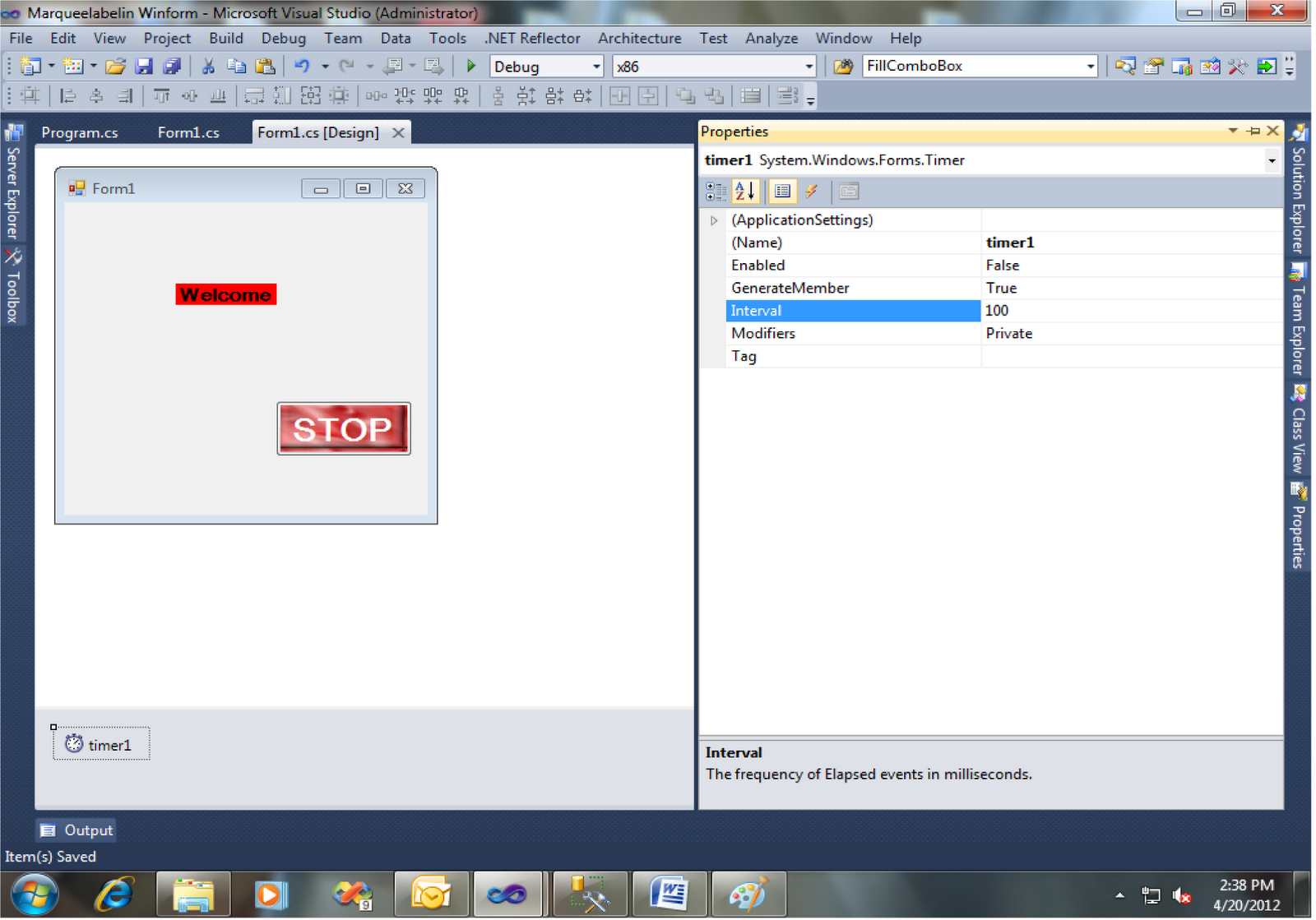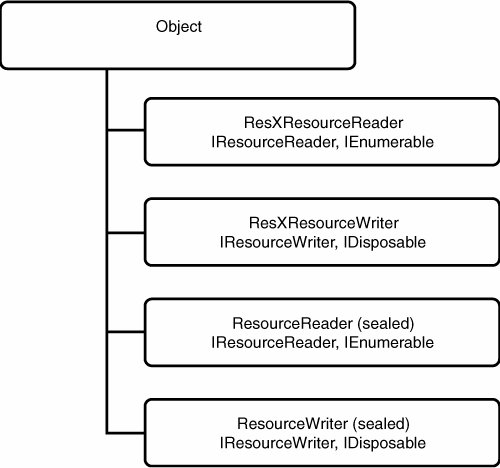
#Windows forms application txt write code
A resource file eliminates the need to code multiple versions of an application instead, a developer creates a single application and multiple resource files that contain the interface captions, text, messages, and titles.

Resource files containing string values are useful when it is necessary for a single application to present an interface that must be customized for the environment in which it runs.

Creating Resource Strings from a Text File It includes classes to read from and write to both resource file formats, as well as load resources from an assembly into a program. The System.Resources namespace contains the types required to manipulate resource files. resources file can be created from a text file, resources, or a. Figure 7-20 illustrates the approaches that can be used to create a. resources file before they can be linked to an assembly. It is the only format that can be embedded in an assembly-the other formats must be converted into a. Why three? The text format provides an easy way to add string resources, the XML version supports both strings and other objects such as images, and the binary version is the binary equivalent of the XML file. Resource files come in three formats: *.txt files in name/value format, *.resx files in an XML format, and *.resources files in a binary format.
#Windows forms application txt write how to
Let’s now look at the basics of working with resource files and how to embed them in assemblies then, we will look at the role of satellite assemblies in localized applications. These resource files can be included in an assembly-obviating the need for external files-or compiled into satellite assemblies that can be accessed on demand by an application’s main assembly. The common denominator in these two examples is the need to bind an external resource to an application.NET provides special resource files that can be used to hold just about any nonexecutable data such as strings, images, and persisted data. Such a solution treats the GUI for each country as an interchangeable resource that is loaded based on the culture settings (the country and language) of the computer. The ideal solution separates the logic of the program from the user interface. At a minimum, this requires including text in the native language, and may also require changing images and the location of controls on the form. The challenge is to adapt the screens to each country. Both problems can be solved by embedding the image in the assembly rather than treating it as an external resource.Ĭonsider a GUI application that is to be used in multiple countries with different languages.

However, relying on the directory path to locate this file has two obvious disadvantages: The file could be deleted or renamed by the user, and it’s an external resource that has to be handled separately from the code during installation. This code works fine as long as the file schiele1.jpg exists in the root directory of the user’s computer.

Each thumbnail image is loaded into the application from a local file: tn1 = new PictureBox() tn1.Image = Image.FromFile("c:\\schiele1.jpg") NET 2.0įigure 7-7, shown earlier in the chapter, illustrates the use of PictureBox controls to enlarge and display a selected thumbnail image. NET: The Complete and Comprehensive Developer's Guide to C# 2.0 and.


 0 kommentar(er)
0 kommentar(er)
